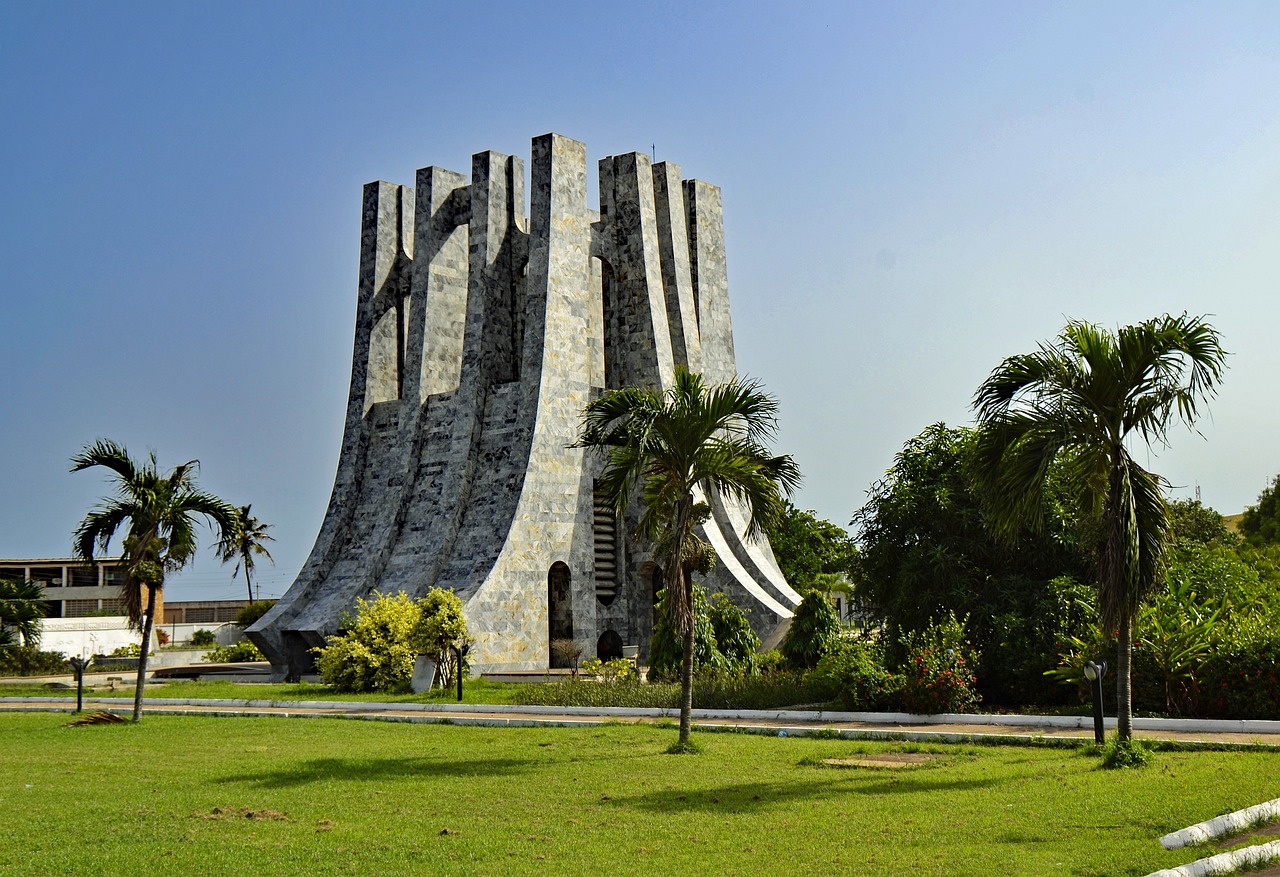The history and founding
Accra is the capital of Ghana. This city originally comprised of the southern coastal suburbs of Bukom, Palladium, Swalaba, Akoto Lante, Jamestown, Korle Gonnor and Chorkor. History narrates that the original inhabitants of Accra migrated from Nigeria, Shai and Gao. Their basic occupation then was fishing and on a limited scale, farming.
All the settlements that made up old Accra are still in existence as seen from the map below. It can also be observed that they are all coastal settlements.
Before Accra, the capital of the Colonial administration was Cape Coast, 140 kilometers west. The present day capital was effected in 1887. There are two accounts on why the capital was transferred. One version says protests erupted over the basis of taxation and another says it was due to administrative convenience. The settlement remained a town until 1961 when it was designated as a city by the first president.
EARLY SETTLERS
The Ga people were living there when the Portuguese arrived on the coast in 1482. Of the two related groups of people, the Dangme People are the more populous. The Dangmes of Ghana’s Dangme East and Dangme West Districts possess around 70% of the Greater Accra Regional Land. Additionally, the Dangme People own around 15% of the land in Ghana’s Eastern and Volta regions.
FORTS
Between 1650 and 1680, there had been three fortified trading posts by the
- Danes
- Dutch
- British
OLD TOWNS
The oldest areas in the capital are Jamestown and Usshertown, which are situated directly east of the Korle Lagoon. These territories were first colonized in the seventeenth century near the British James Fort and the Dutch Ussher Fort on the coast of the Gulf of Guinea.
FOR FURTHER READING
A trading post is a place where people can exchange products and services. People from one geographic area can usually trade goods produced in another area for goods produced in the trading post’s location. In certain instances, locals can use a trading post to swap goods they wanted to buy for local goods. A trading post may consist of a single structure or a whole community. Trading stations have been built all over the place, even in very isolated locations, but they are typically found next to a river, the ocean, or another natural resource.
